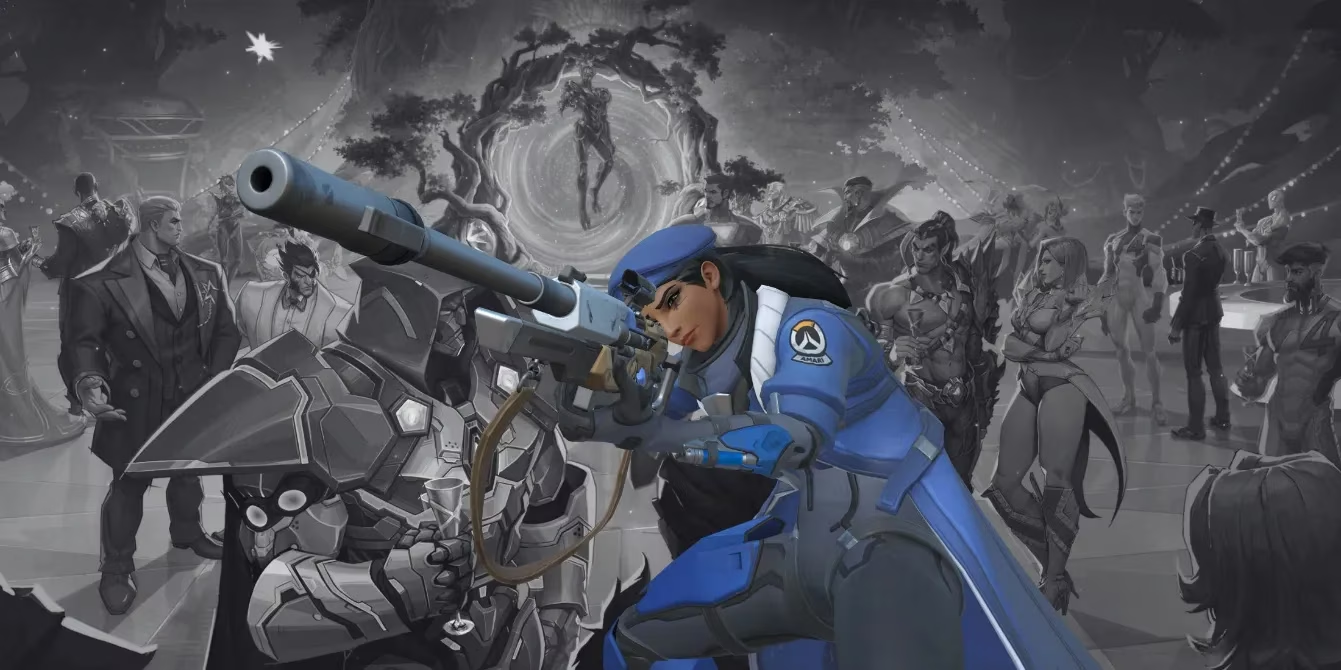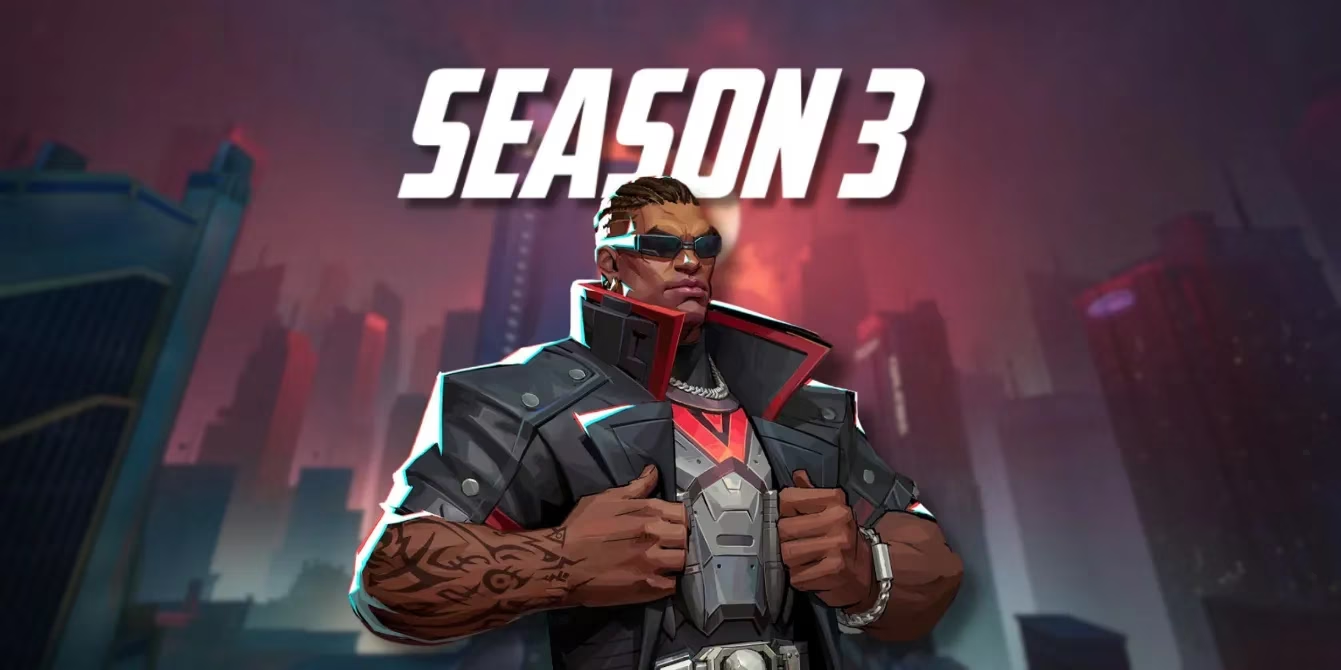As I dive into Overwatch 2's bustling Season 18 mid-season patch, the energy is palpable. Blizzard's latest update isn't just about balance tweaks or Mercy's dazzling new Mythic Weapon skin – it's a full-blown nostalgia trip with the return of the Overwatch Classic event. Playing 6v6 matches with Baptiste and Echo again feels like coming home after years away. Yet amid the Street Fighter 6 collab celebrations, I can't shake the feeling that Blizzard has one eye firmly fixed on its rising competitor: Marvel Rivals. The timing couldn't be more critical, with NetEase Games poised to fundamentally alter the hero-shooter landscape through Marvel Rivals Season 3 this July.

The Accelerating Hero Rush
What truly grabs my attention is Marvel Rivals' audacious new seasonal structure. Starting July 2025 – just weeks after their Season 2 update – they'll shift from three-month seasons to a breakneck two-month cycle. This means two new heroes per season, releasing monthly like clockwork. Comparing this to Overwatch 2's traditional every-other-season hero cadence feels like watching a tortoise race a hare. I'm genuinely fascinated whether NetEase can maintain this momentum without compromising quality, especially considering their massive Marvel Comics roster. There's an undeniable thrill imagining which heroes might debut next, but also nagging concerns about sustainability.
Quality vs Quantity Dilemma
This escalating arms race highlights gaming's eternal balancing act. As an Overwatch veteran since 2016, I've lived through content droughts that made players vocally restless. Yet Marvel Rivals' aggressive acceleration risks alienating its casual base – something I've already noticed among my own gaming circle. When Season 2 launched, my Discord lit up; now? Crickets. The delicate ecosystem of hero shooters demands precision-tuning between novelty and refinement. Overwatch's struggles prove that rushing content often backfires spectacularly, while Marvel Rivals' current trajectory feels like walking a tightrope without a net.
Cross-Pollination in Real-Time
What fascinates me most is how these rivals openly learn from each other. When Overwatch 2 implemented its hero ban system in Season 16, I immediately recognized Marvel Rivals' fingerprints. Blizzard essentially admitted that seeing bans work smoothly in Marvel Rivals tipped the scales – a rare moment of humility in this competitive industry! Conversely, NetEase clearly studied Overwatch's visual language during development. This symbiotic relationship makes me wonder: If Marvel Rivals succeeds with monthly heroes, could Overwatch 2 accelerate its own pipeline?

The Road Ahead
Blizzard's 2025 roadmap already feels packed to the brim – from Stadium mode experiments to map voting systems. Trying to match Marvel Rivals' hero output could stretch resources dangerously thin. Yet the pressure is mounting. As a player, I crave innovation but dread feature bloat. Aaron Keller's tease about "bigger 2026 plans" gives me hope, but also anxiety. Marvel Rivals' gamble could either reshape industry standards or serve as a cautionary tale. Either way, we players stand to benefit from this exhilarating competition. The future of hero shooters has never looked more dynamic – or more uncertain.
🔍 Hero Shooter FAQ
Q: What makes Marvel Rivals Season 3 significant?
A: It marks their transition to two-month seasons with monthly hero releases, fundamentally changing their content rhythm starting July 2025.
Q: How does Overwatch 2's hero release pace compare?
A: Historically, Overwatch introduces new heroes every other season – roughly half the speed of Marvel Rivals' upcoming model.
Q: Did Marvel Rivals inspire Overwatch's hero bans?
A: Yes! Blizzard explicitly cited Marvel Rivals' successful implementation as the catalyst for adding bans in Season 16.
Q: What risks does Marvel Rivals face with this strategy?
A: Potential burnout, diluted hero quality, and alienating casual players who can't keep up with the rapid meta shifts.
Q: Could Overwatch 2 match Marvel Rivals' release speed?
A: Unlikely in 2025 given their packed roadmap, but the competition might influence future development cycles.